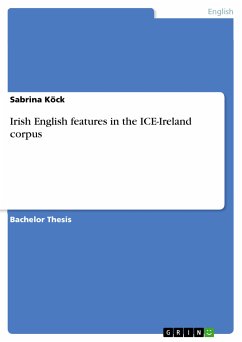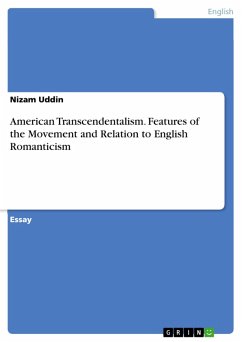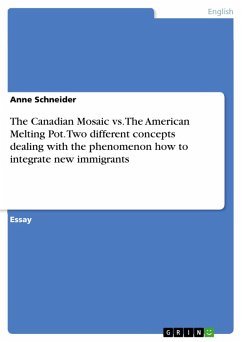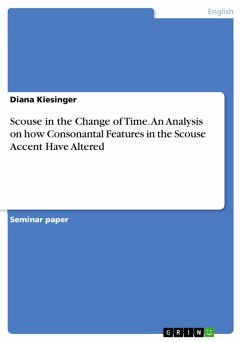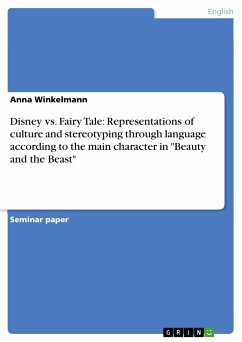Essay from the year 2012 in the subject English Language and Literature Studies - Linguistics, grade: 2,7, University of Bayreuth, course: Forensic Linguistics, language: English, abstract: "Parents lie to their children about sex to spare them knowledge they think their children are not ready for, just as their children when they become adolescents, will conceal sexual adventures because the parents won't understand. Lies occur between friends, witness and jury, lawyer and client, salesperson and customer. Lying is such a central characteristic of life that better understanding of it is relevant to almost all human affairs." (Ekmann 2009:23) But what is a lie and which features make an utterance becoming a lie? Two possible theories for a semantic analysis of lie exist, one the one hand the theory of semantic features, and on the other other hand the semantic prototype theory. This paper will deal with a prototypical analysis of lie. At first both theories will be shortly explained and it will be explained why the prototype theory is more suitable for the analysis of, than the theory of semantic features. Then a prototype schema for lie, as well as a prototype analysis of lie will be given. To confirm the general prototype hypothesis, the prototype definition of lie, and other hypotheses that will be made, an experiment of Coleman and Kay will be explained and its results will be analyzed. To check and confirm the hypotheses of Coleman and Kay again, two fellow students and me did the same experiment within the context of our presentation about linguistic clues to lie detection. The expectations we had and the results will be presented and our results will be compared with that of Coleman and Kay.
Dieser Download kann aus rechtlichen Gründen nur mit Rechnungsadresse in A, B, BG, CY, CZ, D, DK, EW, E, FIN, F, GR, HR, H, IRL, I, LT, L, LR, M, NL, PL, P, R, S, SLO, SK ausgeliefert werden.



